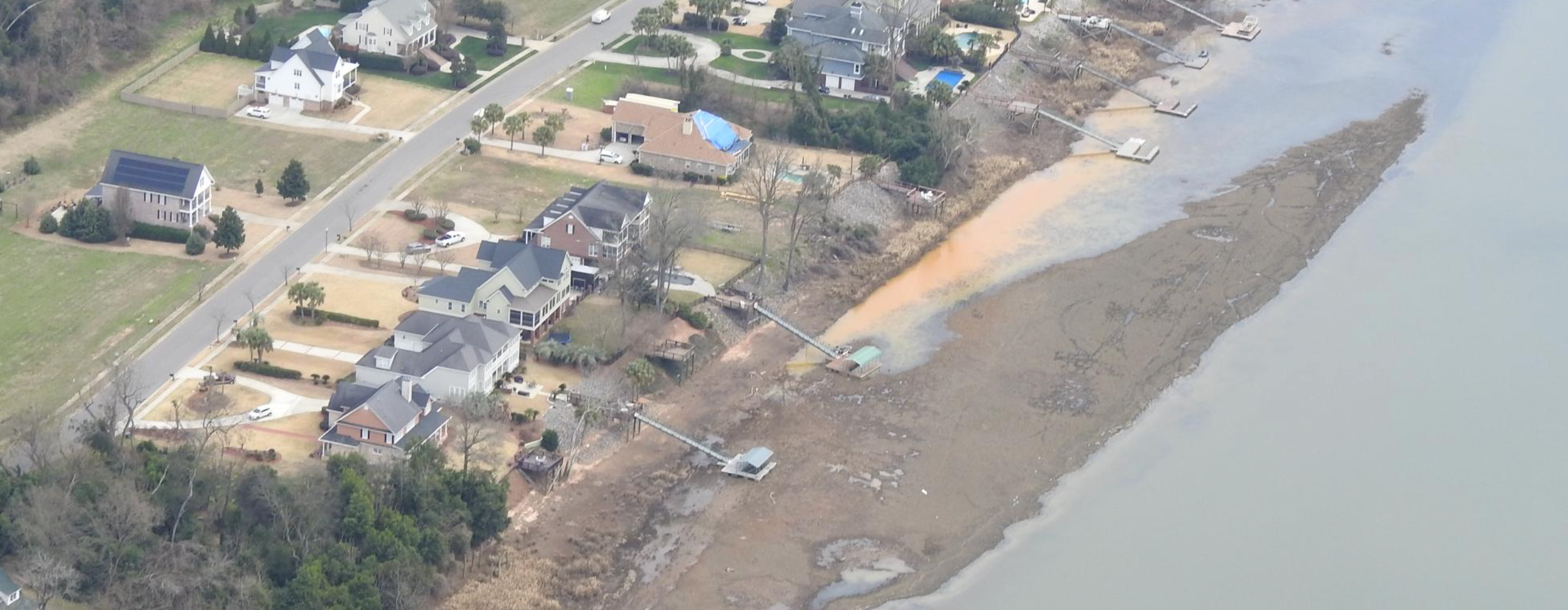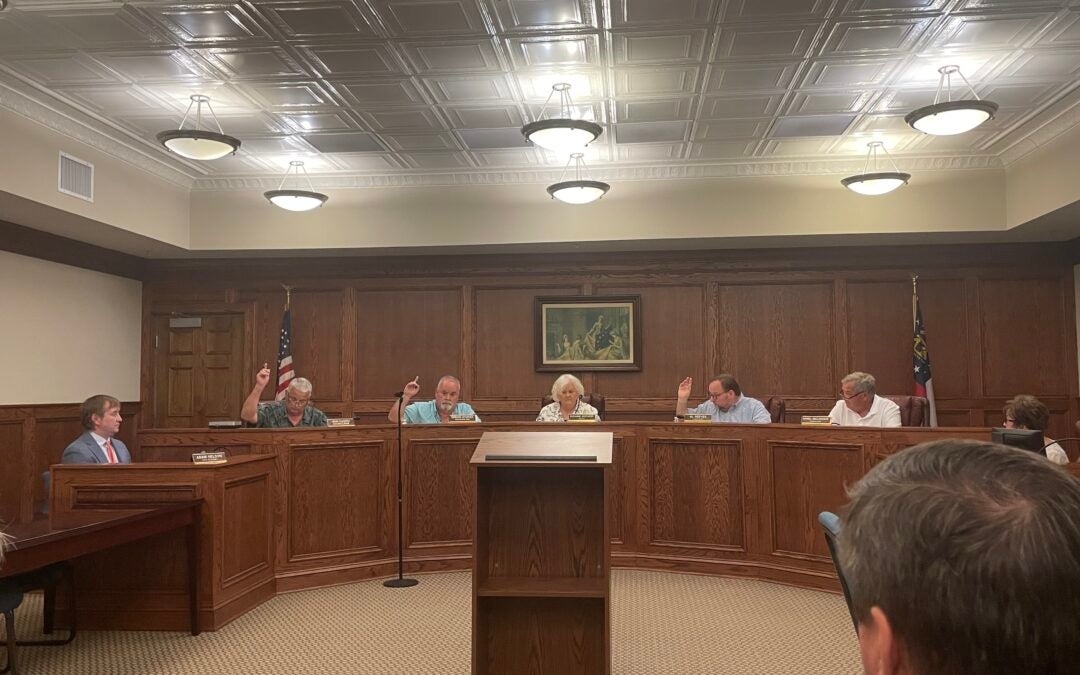The Savannah Riverkeeper, along with a consortium of environmental experts, is proposing an ambitious plan to replace the New Savannah Bluff Lock and Dam with an adjustable rock weir they say will maintain the current pool and allow for fish passage at the same time.
MORE: Augusta Mayor Says Lock and Dam Is A Priority
According to the group’s website, Savannah Run at Convergence Park, the new plan will solve all the problems with the current dam and will also create a massive new public park and whitewater course.
The plan calls for a rock weir that will allow the endangered sturgeon passage upriver to their historic spawning areas. Placed over the rock weir will be a state-of-the-art gate system to preserve the pool that flows through downtown Augusta.
A system of 25 Obermeyer pneumatic crest gates is proposed to control the waterflow, prevent flooding and keeping the downtown pool at 114.5 feet above sea level. Each of the gates can be controlled separately using Kevlar air bladders filled with compressed air.
During the sturgeon’s spawning season, the gates can be lowered to allow the fish to pass through, and during heavy rains, the gates can be extended to their full height or adjusted to prevent flooding. Because each gate is controlled separately, should one gate fail, the others can be adjusted to compensate while the broken gate is repaired
In 2018, Tonya Bonitatibus, director of Savannah Riverkeeper, spearheaded a $40,000 study on the feasibility of creating a whitewater course down river from the lock and dam.
The Convergence Park plan will allow for such a whitewater course to be built using a tiered system running parallel to the main river flow. The plan also includes renovation of the neglected historic park and transforming it into a multi-use recreation area.
[adrotate banner=”19″]
The Lock and Dam, built in 1937, is not a hydroelectric facility but was built as a sort of canal lock system so that barge traffic could reach the old port of Augusta. However, the port of Augusta no longer exists, and barges no longer bring in cargo from downriver.
Studies provided by the U.S. Army Corps of Engineers show that it would be almost cost prohibitive to fully replace the entire structure.
After decades of lax maintenance, partly due to a lack of funding from Congress, the dam is starting to really show its age. According to Dale Reddick of Savannah Riverkeeper, the Corps of Engineers is having to constantly patch cracks in the structure and recently discovered that a large hole in the dam is being created by erosion.
“We’ve reached the point where we have got to do something, otherwise nature is going to demolish the dam itself,” Reddick said.
The Corps of Engineers initially favored removing the dam altogether; however, tests that lowered the river to its somewhat natural state created giant mudflats and drastically altered the landscape.
Residents of the riverfront woke up on the day of the test to see the mighty Savannah reduced to a trickle.
After conducting the tests, the Corp of Engineers announced plans to demolish the dam and replace it with a natural, non-adjustable rock weir. Public outcry forced the cities of Augusta and North Augusta to sue the Corps in federal court over the matter.
In January 2021, the Corps announced it would appeal the 2020 verdict of South Carolina District Judge Richard Gergel who issued an injunction barring the Corps from demolishing the dam.
[adrotate banner=”54″]
Gergel ruled that the Corps plans violated the 2016 Water Infrastructure Improvements for the Nation Act, or WIIN. According to the act, Gergel reasoned that the Corps could remove the structure if it is replaced with another structure that maintains the current pool.
The online presentation by the group shows figures for the possible economic impact of creating the whitewater park, but does not include figures to show the projected cost of the overall project. According to Bonitatibus, the group will hold a press conference on Wednesday, Oct. 6, where the expected cost of the project will be discussed.
District 3 Commissioner Catherine Smith-McKnight says she is wary about such a plan because the water control technology that uses Kevlar bladders is relatively new.
Kevlar does degrade over time, especially when exposed to UV rays, according to its manufacturer Dupont. Bulletproof vests using the fiber have a five-year lifespan.
MORE: Progress Being Made in Lake Olmstead Dredging
McKnight says she is also worried about liability issues and cited Cape Fear, N.C. as attempting to build a whitewater park with disastrous results.
“Who is going to run this water park? The Parks and Recreation department? I’m sorry. I just can’t support that,” she said.
McKnight said that she is with the majority of Augustans who want to preserve the pool. She added that she wishes that Congress would simply release the funding either for a total overhaul of the dam or to replace it with a proper new structure.
“Something has got to be done. We can’t just litigate this thing forever,” McKnight said.
Scott Hudson is the Senior Reporter for The Augusta Press. Reach him at scott@theaugustapress.com.
[adrotate banner=”51″]












